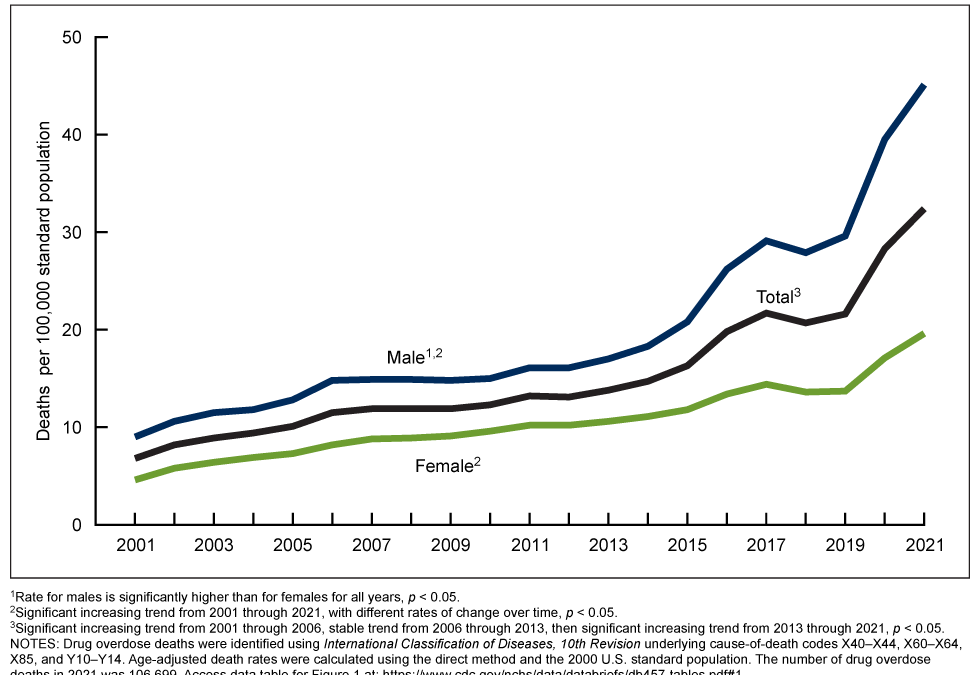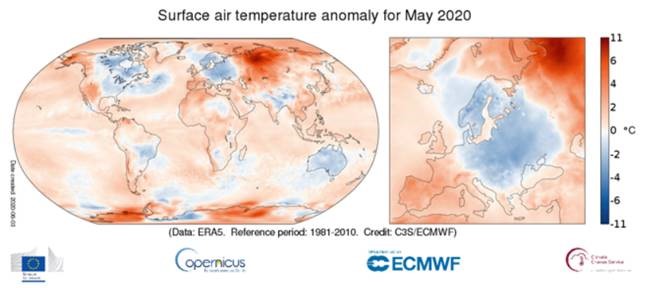“Deaths Of Despair” on the rise in Pierce County, WA – “COVID-19 has been hard on everyone”
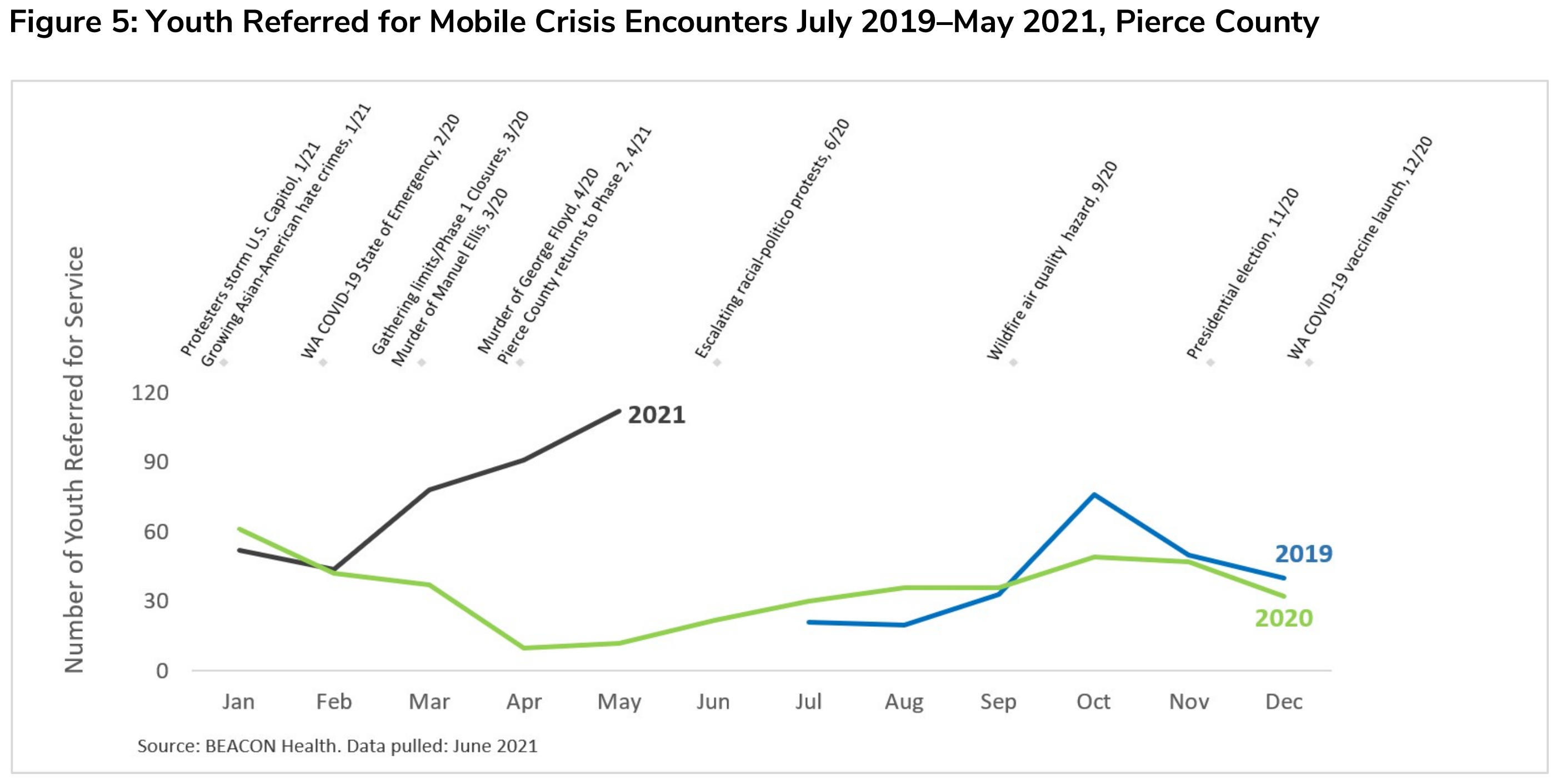
By Charles Woodman
27 May 2022
TACOMA, WA (Patch) – The Tacoma-Pierce County Health Department is reminding everyone: help is available if you need it.
In an update Friday, the health department reported that deaths from suicide, alcohol or drug misuse had climbed from 351 in 2019 to 423 in 2020, and these “deaths of despair” appear to be a growing concern for the county.
As the health department notes, more Pierce County residents died of despair in 2020 than did of COVID-19 that year.
Unfortunately, the pandemic has not made life any easier, and a study of local mental health trends from January 2020 to April 2021 found increases in:
- People seeking treatment for depression and anxiety.
- Drug poisoning deaths and hospitalizations.
- Primary care visits for eating disorders.
- Calls to suicide or crisis hotlines.
- Self harm incidents.
“COVID-19 has been hard on everyone,” writes TPCHD’s Elizabeth Allen. “It’s taken a tragic toll in Pierce County, where we saw a jump in so-called deaths of despair. If you have good behavioral health, you can navigate life, have positive relationships and adapt to change. But poor behavioral health— or mental health — can lead to Substance Use Disorder and other challenges.” [more]
‘Deaths Of Despair’ On The Rise In Pierce County: Report
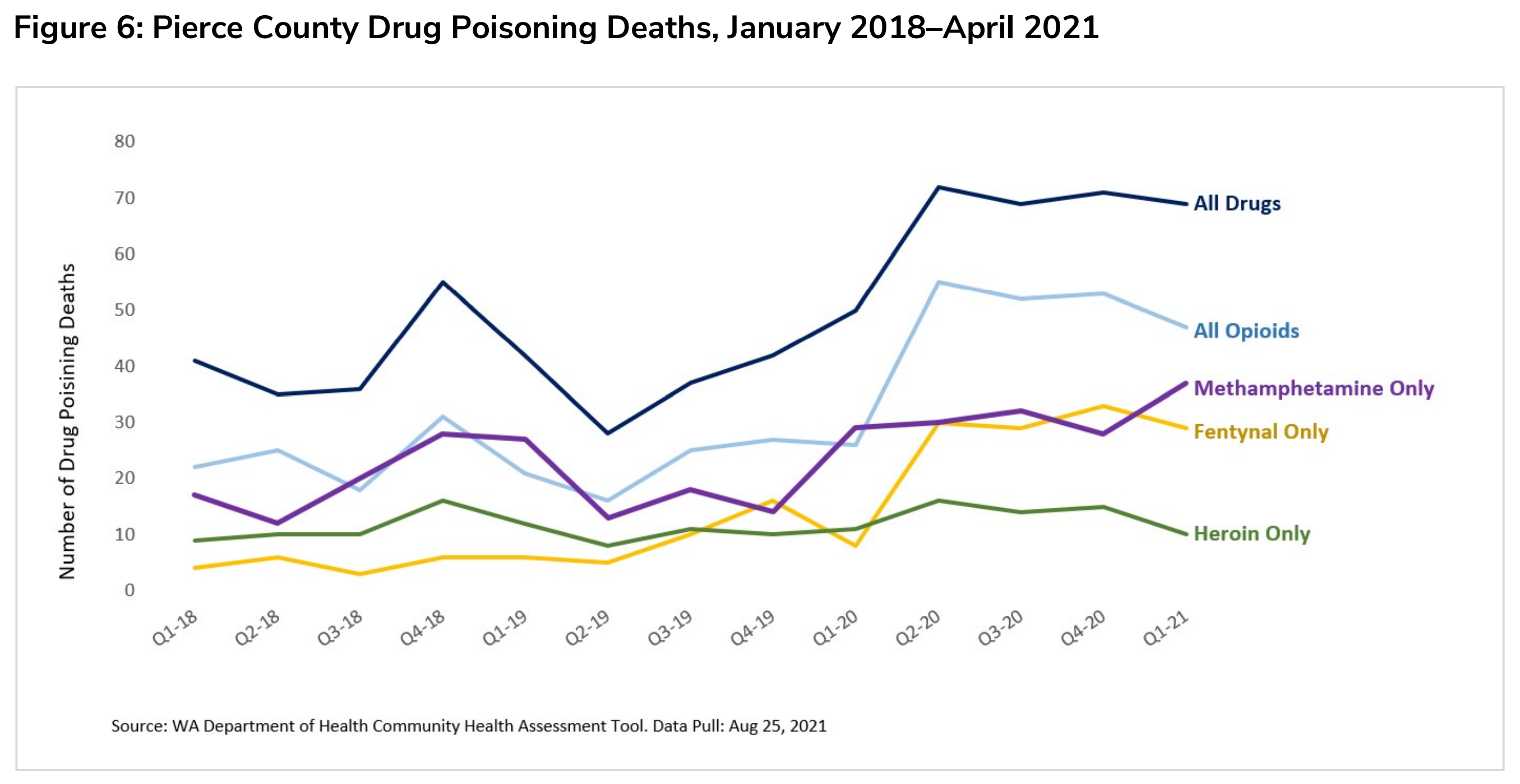
Deaths of despair are up. We’re working to offer hope.
By Elizabeth Allen
27 May 2022
(TPCHD) – Stress, the amount you exercise, who you surround yourself with. How you deal with previous trauma. You juggle these things daily. They make up a large part of your behavioral health picture.
They are part of what make you, you.
We talked about behavioral health often during the pandemic. COVID-19 has been hard on everyone. It’s taken a tragic toll in Pierce County, where we saw a jump in so-called deaths of despair.
If you have good behavioral health, you can navigate life, have positive relationships and adapt to change. But poor behavioral health— or mental health — can lead to Substance Use Disorder and other challenges.
Disturbing numbers from the pandemic.
Early data from the pandemic paints a stark picture. Our recent report, Pierce County Mental Health: A data-informed perspective, details what we’ve found. We compared pre-pandemic mental health data with trends from January 2020- April 2021. We saw increases in:
- Rates of primary care visits for depression and anxiety.
- Drug poisoning deaths and hospitalizations.
- Rates of primary care visits for eating disorders.
- Calls to regional crisis lines for concerns of suicide.
- Incidents of self-harm.
We also saw an alarming trend in deaths of despair in 2020. People who the Pierce County Medical Examiner said died of:
- Suicide.
- Alcohol misuse.
- Drug misuse.
In 2019, Pierce County had 351 such deaths. In 2020, we had 423. We had more deaths of despair in 2020 than our 350 COVID-19 deaths that year.
The deeper we dig into the data, the worse the numbers look. From 2019 to 2020:
- Drug poisonings increased from 149 to 262.
- The median age of people who died from suicide and drug poisonings went down.
- The number of Black people who died from suicide or drug poisonings increased.
- The number of Hispanic people who died from drug poisonings increased.
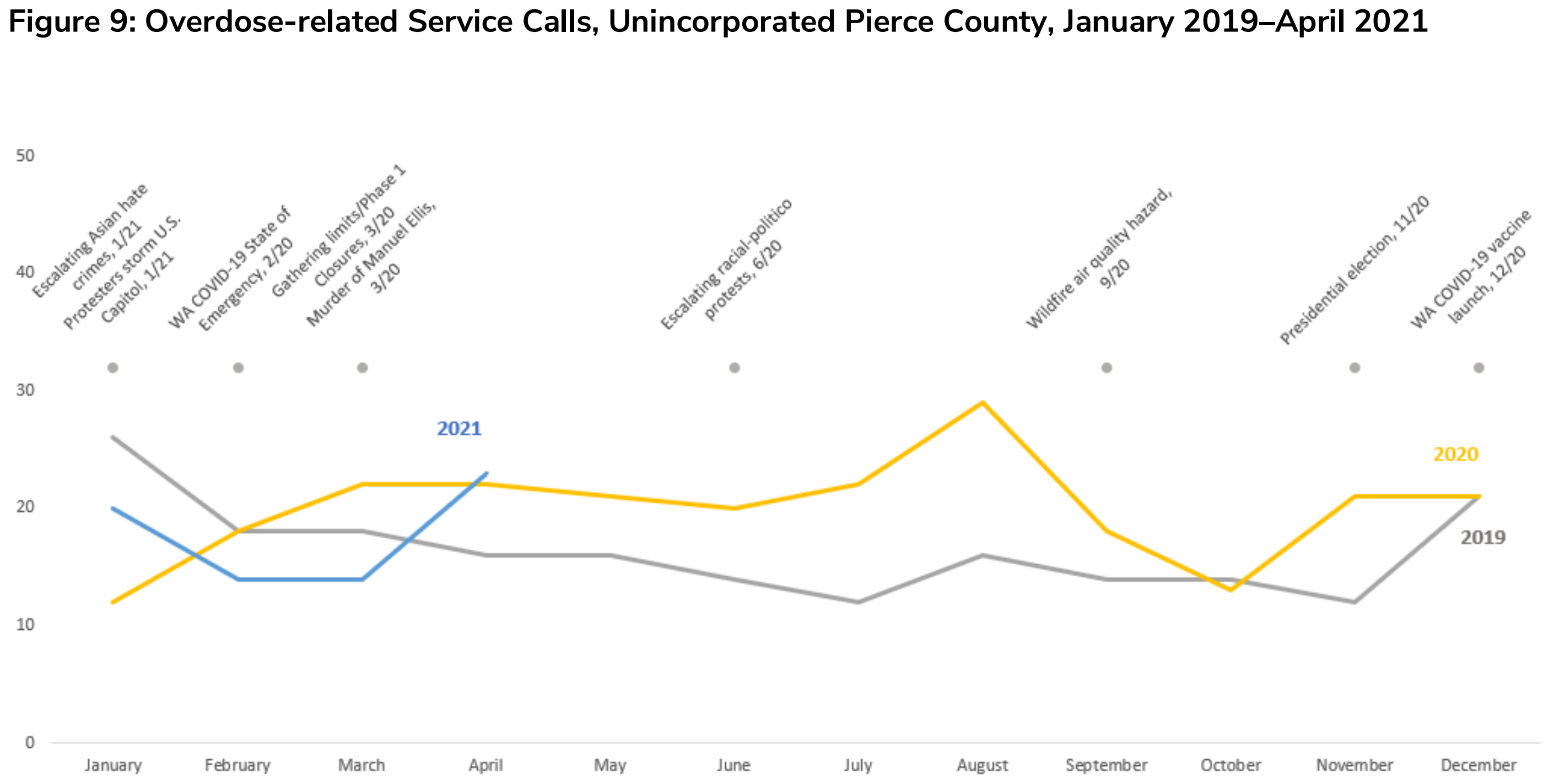
What we’re doing to help.
Our goal with looking at these numbers is not a simple tally of issues. While many of you resumed aspects of your pre-pandemic life, we know some will experience lasting mental health concerns for years to come. These numbers represent us. They are our family, our friends and our neighbors down the street.
Big, complicated problems require a thoughtful approach.
Part of our job is to bring helpers across Pierce County together. We do this to buck these disturbing trends.
We — along with many behavioral health supporters — work with Pierce County to make sure people have access to care for their behavioral health needs. Pierce County’s 0.1% behavioral health tax that took effect last July helps to pay for behavioral health programs for residents. Staff at the Health Department help develop screening tools that healthcare providers can use to assess early mental health symptoms. These tools can help refer people to appropriate services. Increasing preventative screenings at doctor visits, schools and in the community can help people get the right help fast.
If you struggle with behavioral health, you’re not alone. Things like social connections, your stress level, your environment and health equity all contribute to your mental health.
If you need help now, you can get it quickly.
- Have suicidal thoughts? Lots of great resources are available.
- Do you have a child or know a young person who is also struggling? They’re not alone.
- Only 1 in 9 people who need treatment for Opioid Misuse Disorder get it. We offer a number of medication-assisted treatment programs. You can choose a program that suits your needs.
- The younger we intervene with alcohol use disorder, the better. Parents, schools and communities work together to help keep youth safe.
You’ll hear more from us in the coming months about the critical importance of good behavioral health. Sign up to the Your Reliable Source blog to get the latest information.
